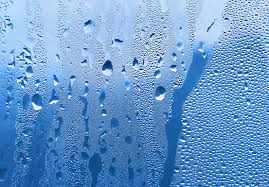You may have had first hand experience living in a house where you noticed fungus and mould growth, unexplained timber decay, phantom leaks or wet insulation. These unexplained symptoms are often due to condensation issues.
What is condensation in buildings?
Where warm air contacts a cold surface, it cools. When the air cools below a temperature known as the ‘dew point’, invisible water vapour condenses to visible water droplets on the cold surface. The water that is formed is known as condensate and the process is called condensation.
In building the moisture levels are often higher than outdoors. The main cause of high indoor moisture levels is the generation of warm moist air by domestic activities such as:
- cooking
- bathing/ showering
- clothes drying
- high occupancy
- high indoor plant concentrations
Factors to consider when designing you home as an Owner Builder to reduce condensation
As an owner builder ensure that your Architect/Engineer is familiar with the “Information Handbook: Condensation in Buildings” when designing your home, extension or granny flat. Factors they need to consider include:
- Exterior environment
- Interior environment – building use, intended level of occupancy and conditioning methods
- The building position
- Thickness and material properties of building materials used
- Ventilation
In order to avoid condensation the surface temperature must be increased or the moisture in the surrounding air must be reduced. This can be achieved by selecting the correct building material, ensuring adequate ventilation and designing according to the Building Code of Australia.
More information can be obtained from The Australian Building Codes Board Condensation Handbook

